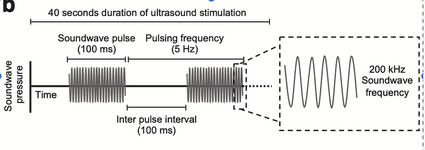neuroultrasoundlab
Newbie
I am trying to generate 200 kHz pulsed ultrasound waves while changing other parameters (pulse repetition frequency between 5 Hz and 40Hz, duty cycle.).
I currently use a piezoelectric transducer to generate ultrasound. It is powered by a signal generator amplified by an RF amplifier. The signal is around 480 mVpp amplified to around 50 Vpp.
The expense of the RF amplifier is a rate-limiting step, so I need to find a cheaper alternative. I assume that should be possible as I only need a 200 kHz amplifier (that can accurately amplify the pulsed signal), but I am unsure where to start looking. Does anyone have any tips?
I currently use a piezoelectric transducer to generate ultrasound. It is powered by a signal generator amplified by an RF amplifier. The signal is around 480 mVpp amplified to around 50 Vpp.
The expense of the RF amplifier is a rate-limiting step, so I need to find a cheaper alternative. I assume that should be possible as I only need a 200 kHz amplifier (that can accurately amplify the pulsed signal), but I am unsure where to start looking. Does anyone have any tips?


